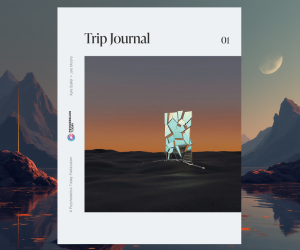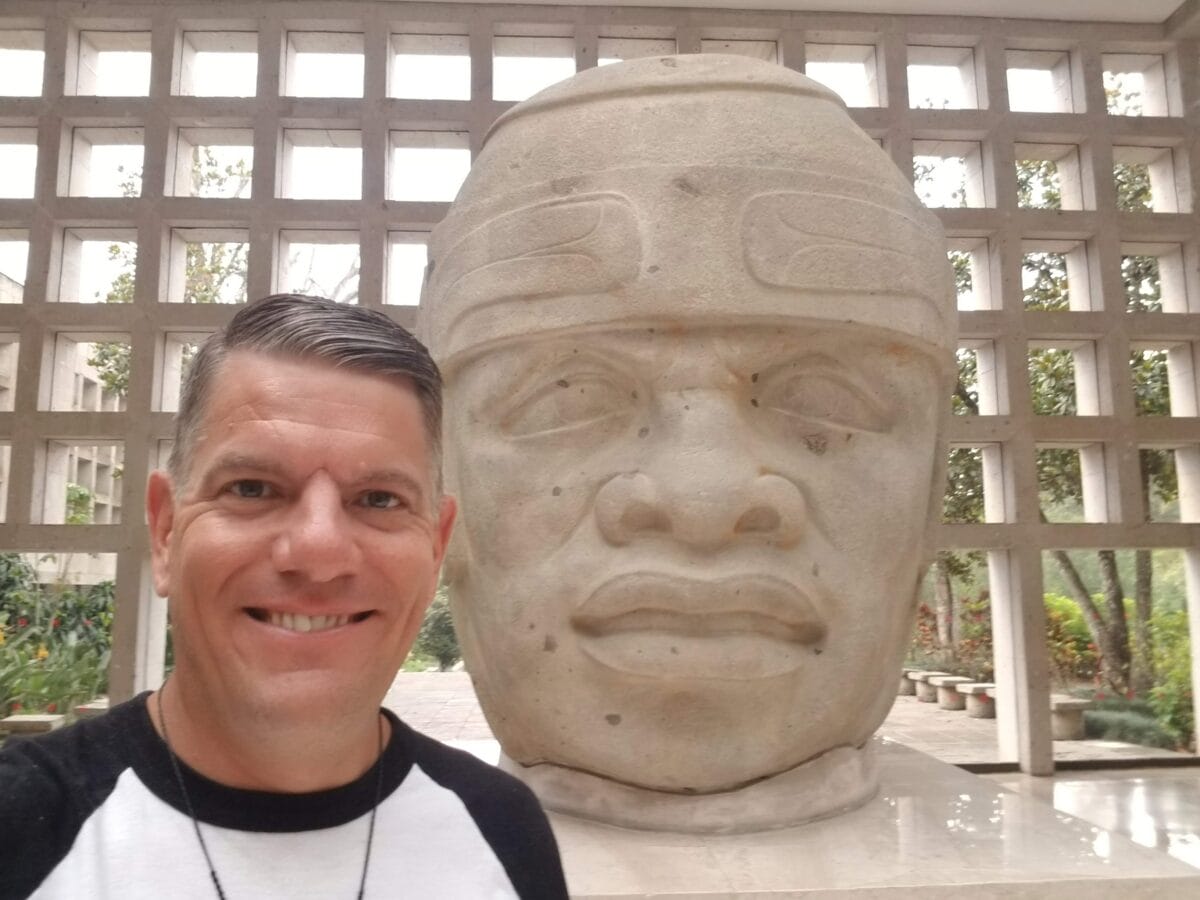Although the late psychologist and mystic Carl Jung died in the 1960s, his ‘inner self’ legacy is enjoying an organic revival, synchronizing with the resurgence of psychedelics.
Jung’s work provides a reliable road map for a psychedelic trip through the unconscious, and contemporary psychedelic explorers are hungry to learn more about his profound teachings.
Why Jung Appeals to a Broad Psychedelic Audience
Jung’s enduring transpersonal principles can help us interpret and understand complex non-ordinary experiences, whether they’re brought on by psychedelic compounds or other endogenous methods.
Thus, his insights resonate with a broad audience: licensed therapists, reiki practitioners, guides, yogis, integration coaches, breath workers, and others.
“We’re in need of tools that help us to articulate what’s going on at that level of depth,” says Jungian analyst-in-training and clinical psychology doctoral student MacKenzie Amara. “…we don’t have [many tools] to articulate what’s happening when we get into the messy place of extreme emotional catharsis and symbolic representation through the form of visions and communication with ancestors who have been long dead.”
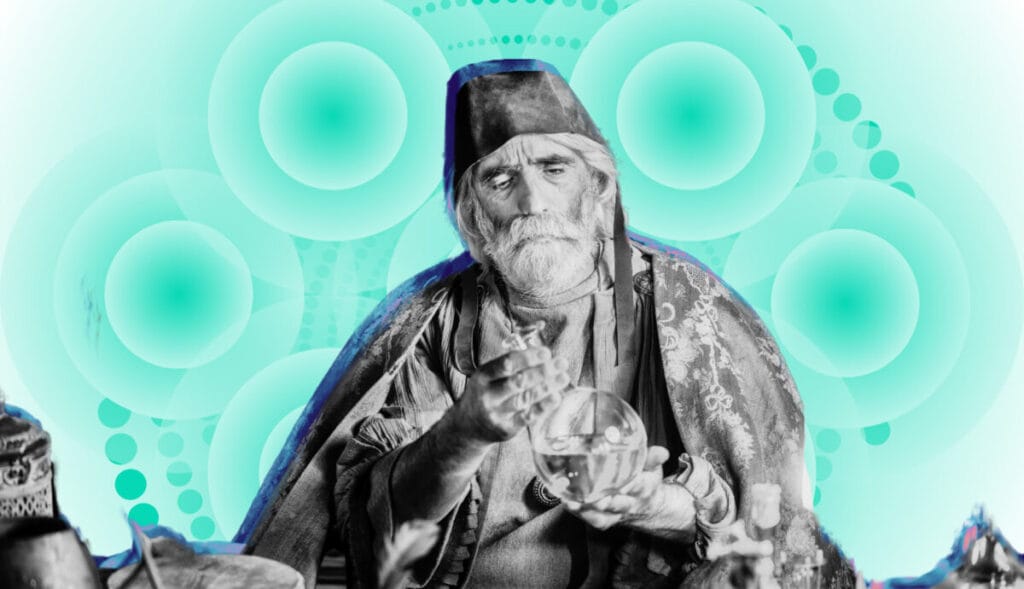
Understanding Archetypes on Jung’s Terms
In order to comprehend Jung’s psychospiritual philosophies, it’s crucial to first understand some basic Jungian concepts and terms. Jung believed that the psyche (mind, body, soul) is composed of three parts: the ego (or personal conscious), the personal unconscious (unique, containing suppressed memories), and the collective unconscious.
The collective unconscious is a domain of primordial images and symbols that evoke meaning and connection across races, cultures, and nationalities. According to Jung, these symbols contain ‘ancestral memory’, which is inherited. Our ancestral roots and dreams provide insights into the collective unconscious, which shapes our perceptions, knowledge, and experiences.
Within this realm, four main archetypes reflect our beliefs, values, motivations, and morals. The four main Jungian archetypes are:
- The Self: The Self emerges when the ego integrates with both the conscious and unconscious aspects of our minds. It represents the culmination of an individual’s spiritual journey, known as individuation. Through individuation, each person realizes their unique, cosmic identity.
- The Persona: The Persona refers to the various social masks we wear. We present different aspects of ourselves depending on the social context, such as at work, with family, or with friends. The development of the persona is influenced by upbringing, culture, and environment.
- The Shadow: The Shadow contains the parts of our personality that we repress, discard, and hide. These can include traits we are unaware of or do not appreciate. While prejudices and biases originate from the shadow, it is not entirely negative; it also holds potential strengths and hidden talents.
- The Anima or the Animus: These archetypes represent the ideal feminine (anima) and masculine (animus) aspects within us. The animus embodies masculinity in a woman’s psyche, while the anima embodies femininity in a man’s psyche. Society often discourages the expression of these opposite-gender traits. Integrating the anima or animus is a crucial step in the process of individuation.
Due to intense engagement with archetypes during psychedelic experiences, individuals risk having their personal worldviews disassembled in the process.
“Jungian theory lends itself to people that have had spiritual, transgressive, or transpersonal experiences more than those that are kind of stuck in a rational materialistic worldview,” Amara explains.
These transpersonal experiences make the Self the focal point of the journey of individuation.
Carl Jung’s Inner Self Explained
The Self is central to Jung’s worldview, merging consciousness and unconsciousness to represent the whole psyche. We are born with a sense of unity, but as we grow and focus on the outer world—school, work, relationships—we form an ego and lose this unity, neglecting our inner world.
Jung identified two life stages: the outer world and the inner world. As adults, we often experience tension between our conscious and unconscious minds, leading to a midlife crisis. This signals the need to nurture our inner life.
Life’s challenges can bring a “dark night of the soul,” where societal values fail us. This prompts a quest to reconnect with our soul, though many avoid this confrontation. Embracing our suffering can lead to psychic growth, uniting our conscious and unconscious realms.
Through this process, known as individuation, we integrate the ignored parts of our unconscious, regaining wholeness and inner harmony.
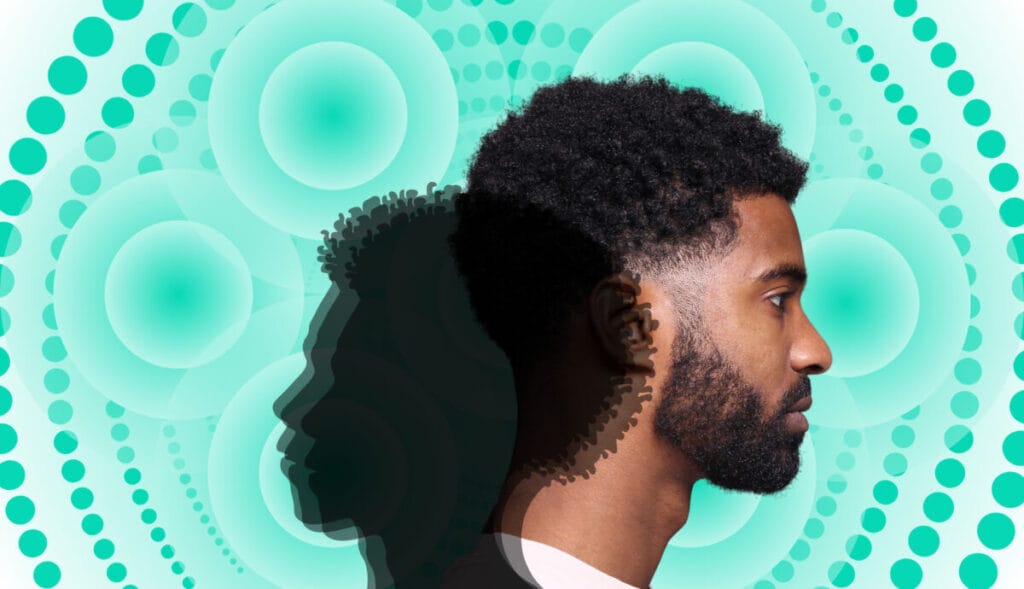
Carl Jung’s Process of Individuation
As we turn inward, we encounter individuation, a central theme in Jung’s work. Individuation integrates our unconscious with the conscious, restoring the wholeness of the Self. This process, akin to self-actualization, involves breaking free from societal and cultural norms to become a unique individual. Successful individuation provides deep-rooted stability, like an ancient oak tree, supporting us through life’s storms.
Individuation heals the split between the conscious and unconscious, allowing our true Self to emerge. This journey creates turbulence as we realize our conventional world and unconscious world often conflict. The conventional world shapes our beliefs and behaviors, creating a structured reality. In contrast, the unconscious is chaotic and tumultuous, divided into the personal and collective unconscious. The personal unconscious contains everything outside our conscious awareness.
From birth, we operate largely on autopilot, influenced by external conditioning. This conditioning shapes our ego and self-perception, leading to a split and psychic imbalance. Psychedelics can help repair this split, aligning our conscious and unconscious minds.
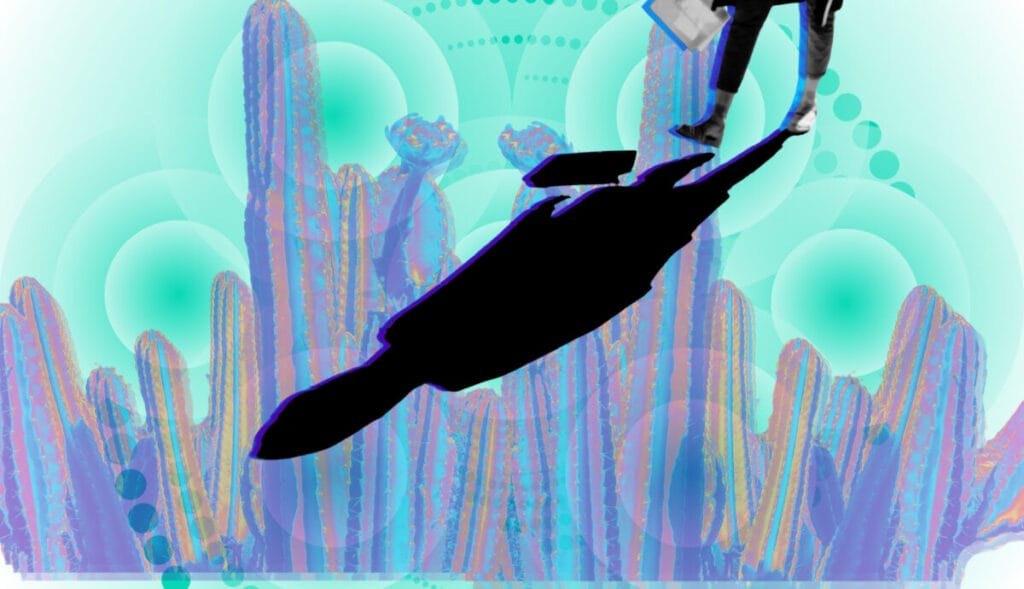
Jung, Psychedelics, and “Ego Death”
Carl Jung coined an often used term in psychedelic vernacular: ego death. Ego death refers to a compromised sense of self, and it’s a state that’s coveted by many psychonauts. While some consider it an end goal of psychedelic work, it’s really the first step towards a return to wholeness. So, why is this idea prevalent in the psychedelic community?
“Psychedelics are what we call psycho-pumps for individuation. Meaning psychedelics are connectors to personal and collective unconscious; what gives you more of the unconscious material to then work with,” Dr. Ido Cohen explains.
This idea results in the common sentiment that psychedelics are “ten years of therapy in one day.”
While Cohen doesn’t think it’s necessarily accurate, he believes people are trying to say, “Wow, psychedelics can really open up the barrier to the personal and collective unconscious which then a flood of information comes in.”
This shedding of a one-sided self-identity holds true in above ground and underground psychedelic settings, as people jump-start their individuation. Insights can follow that may lead a person to explore what has been relegated to the basement of their psyche, or the “shadow.” When we learn to dance with the shadow, we empathize and relate with all of mankind on a profound level, Cohen says.
Learning to Dance with the Shadow
As a midlife crisis arises, or we enter a dark night of the soul, and the process of individuation begins and we come face to face with our shadow. This daunting task is referred to as doing “shadow work,” (another Jungian term gaining popularity in licensed and underground settings alike).
At first glance, we may see our shadow and assume it is evil or an enemy. But our shadow is part of us, and can’t be abandoned or avoided. As we familiarize ourselves with the shadow, we learn that it is not to be feared, as it is only dark or hostile when it is ignored or misunderstood. Thus, it’s critical to understand what the shadow really is.

What is the Shadow?
The shadow encompasses all the psychic elements we reject and hope to discard by casting them into the depths. It includes the traits we’ve ignored, disowned, or removed from ourselves, forming our personality in the process. The shadow is the unknown dark side of our personality, representing everything we desire not to be.
The shadow includes negative and primitive human emotions and impulses: selfishness, rage, greed, pride, and lust. Anything we reject in ourselves as evil, intolerable, or less than ideal forms the shadow. It’s a repository of both negative and positive qualities we no longer claim. Within this mix, we find the shadow’s hidden treasures.
Cohen notes, “There is also the golden shadow, which includes beautiful aspects we repressed due to our upbringing or environment.”
This could mean rediscovering playfulness or sexuality. Or it could reveal latent talents, like a lawyer discovering a talent for writing or an athlete becoming a chef. It often emerges in psychedelic settings, inspiring life changes like new careers, divorces, or relocations. However, it’s crucial to provide quality integration and a solid container to help individuals make sound decisions and avoid regret.
The shadow compensates for what we lack. For instance, if a person is aggressive, the shadow reflects empathy and tenderness. If they’re shy, it reflects confidence and assertiveness. Honoring and accepting the shadow is an intense spiritual exercise, revealing our potential and the ideal self we strive to become.
Carl Jung’s Psychedelic Guidance is Here to Stay
For the Western mind, unaccustomed to Indigenous worldviews that embrace plant spirits and entities, Jung’s concept of the inner self offers all psychedelic practitioners an invaluable tool to navigate the mind-manifesting unknown. Think of Carl Jung as a trustworthy psychic sherpa: he guides us through the peaks and valleys of the timeless and boundless realms of human consciousness (and unconsciousness), helping us reconnect with our soul.


